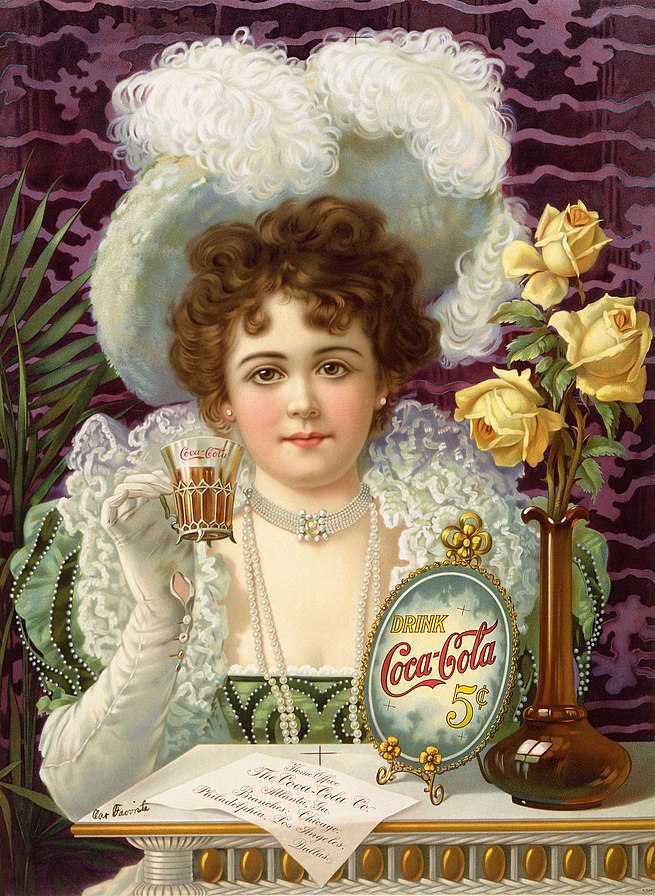Main Difference
The main difference between Public Relations and Advertising is that the Public Relations is a broad term for the management of public communication of organizations and Advertising is a form of communication for marketing, typically paid for
-
Public Relations
Public relations (PR) is the practice of deliberately managing the spread of information between an individual or an organization (such as a business, government agency, or a nonprofit organization) and the public. Public relations may include an organization or individual gaining exposure to their audiences using topics of public interest and news items that do not require direct payment. This differentiates it from advertising as a form of marketing communications. Public relations is the idea of creating coverage for clients for free, rather than marketing or advertising. But now, advertising is also a part of greater PR Activities.
An example of good public relations would be generating an article featuring a client, rather than paying for the client to be advertised next to the article. The aim of public relations is to inform the public, prospective customers, investors, partners, employees, and other stakeholders and ultimately persuade them to maintain a positive or favorable view about the organization, its leadership, products, or political decisions. Public relations professionals typically work for PR and marketing firms, businesses and companies, government, and public officials as PIOs and nongovernmental organizations, and nonprofit organizations. Jobs central to public relations include account coordinator, account executive, account supervisor, and media relations manager.Public relations specialists establish and maintain relationships with an organisation’s target audience, the media, relevant trade media, and other opinion leaders. Common responsibilities include designing communications campaigns, writing news releases and other content for news, working with the press, arranging interviews for company spokespeople, writing speeches for company leaders, acting as an organisation’s spokesperson, preparing clients for press conferences, media interviews and speeches, writing website and social media content, managing company reputation (crisis management), managing internal communications, and marketing activities like brand awareness and event management Success in the field of public relations requires a deep understanding of the interests and concerns of each of the company’s many stakeholders. The public relations professional must know how to effectively address those concerns using the most powerful tool of the public relations trade, which is publicity.
-
Advertising
Advertising is a marketing communication that employs an openly sponsored, non-personal message to promote or sell a product, service or idea. Sponsors of advertising are typically businesses wishing to promote their products or services. Advertising is differentiated from public relations in that an advertiser pays for and has control over the message. It differs from personal selling in that the message is non-personal, i.e., not directed to a particular individual.
Advertising is communicated through various mass media, including traditional media such as newspapers, magazines, television, radio, outdoor advertising or direct mail; and new media such as search results, blogs, social media, websites or text messages. The actual presentation of the message in a medium is referred to as an advertisement, or “ad” or advert for short.
Commercial ads often seek to generate increased consumption of their products or services through “branding”, which associates a product name or image with certain qualities in the minds of consumers. On the other hand, ads that intend to elicit an immediate sale are known as direct-response advertising. Non-commercial entities that advertise more than consumer products or services include political parties, interest groups, religious organizations and governmental agencies. Non-profit organizations may use free modes of persuasion, such as a public service announcement. Advertising may also help to reassure employees or shareholders that a company is viable or successful.
Modern advertising originated with the techniques introduced with tobacco advertising in the 1920s, most significantly with the campaigns of Edward Bernays, considered the founder of modern, “Madison Avenue” advertising.Worldwide spending on advertising in 2015 amounted to an estimated US$529.43 billion. Advertising’s projected distribution for 2017 was 40.4% on TV, 33.3% on digital, 9% on newspapers, 6.9% on magazines, 5.8% on outdoor and 4.3% on radio. Internationally, the largest (“Big Five”) advertising-agency groups are Dentsu, Interpublic, Omnicom, Publicis, and WPP.In Latin, advertere means “to turn towards”.
-
Public Relations (adjective)
public relations in attributive use
-
Advertising (noun)
Communication whose purpose is to influence potential customers about products and services.
-
Advertising (noun)
The industry or profession made up of such communications.

